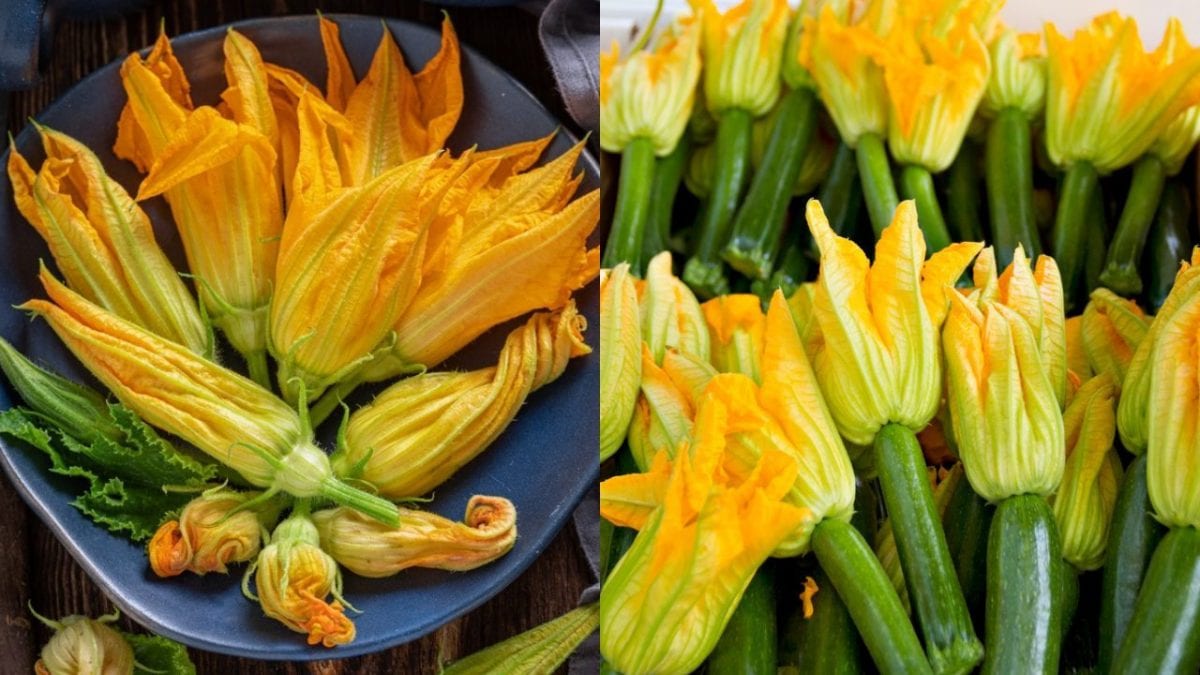
Whether fried in batter, stuffed in the oven, sautéed with other vegetables, or used as an ingredient to enrich pasta dishes and savory pies, zucchini blossoms are a must-have in late spring and summer, available for a limited time and, for this reason, much loved in the kitchen. We've talked about zucchini blossoms, using the generic term used at the greengrocer's or grocery store, but in reality it would be more correct to distinguish between squash blossoms and zucchini blossoms. Because yes, even if minimal, there are differences. Let's see what they are.
The Differences Between Squash and Zucchini Blossoms
Probably not everyone knows that squash blossom and zucchini blossom are not the same thing, despite the two terms being often used synonymously. They are both edible vegetables, which can be consumed in a variety of ways, in more substantial or lighter recipes, to make the most of their properties, given that they are rich in carotenoids, vitamins, mineral salts and have a negligible calorie content (about 12 kcal per 100 g). In a general sense, squash blossoms refer to the inflorescences found at the ends of the Cucurbita pepo, better known as squash, and are the most common on tables.

And this is where the confusion arises, because in this case it would be better to call them zucchini blossom, to distinguish them from actual pumpkin blossom, which come in particular from the Cucurbita maxima and Cucurbita moschata varieties. What are the differences? The most obvious one is discovered with the nose: zucchini blossom have a more delicate scent, while pumpkin blossom have a more pronounced one. Furthermore, the former tend to be larger and more elongated in appearance, with pointed petals of a yellow color that tends towards vivid orange, while the latter are smaller and more pot-bellied, with slightly rounded corollas and pale yellow hues.

Male and Females: Two Types of Blossoms
Whether pumpkin or zucchini, the flowers are harvested early in the morning, when they open, and should be used as quickly as possible, as they are extremely perishable. For both plants, there is a further distinction to be made: sex. Female inflorescences are recognizable because they are attached to the fruit and fall once the fruit is fully ripe. Male flowers, on the other hand, grow on the plant's stem, called the peduncle. Both play important roles in nature: the males are responsible for pollination, while the females are responsible for fruiting. For this reason, we tend to pick more male flowers, which are numerically superior and only needing a few to pollinate. Conversely, if the female flowers are removed, the plant is prevented from producing fruit, thus blocking the production of pumpkins or zucchini.
;Resize,width=767;)
